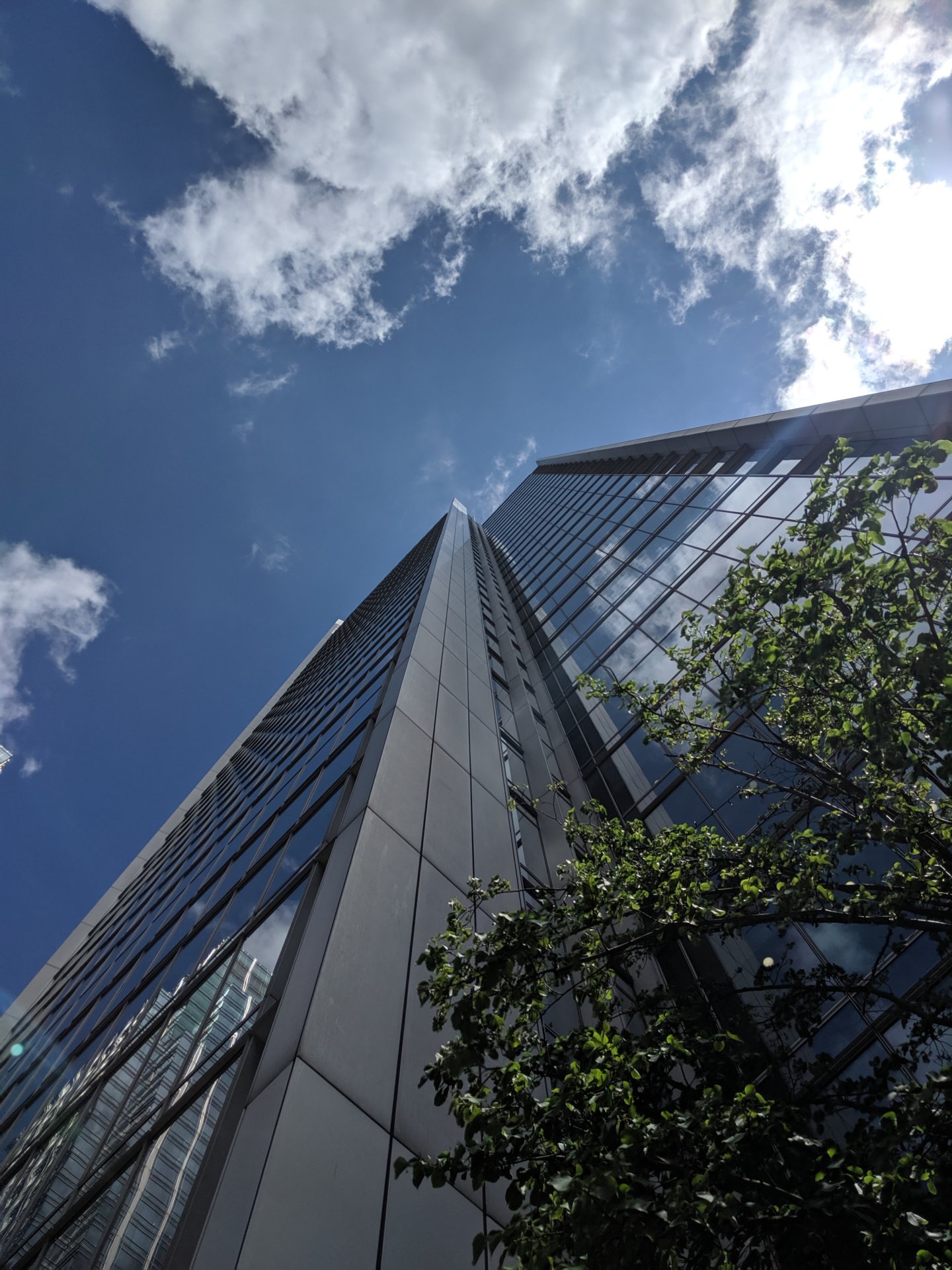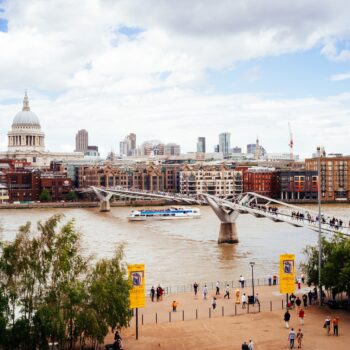Decisions that the UK government takes now on how to support the economy after the COVID-19 pandemic will define its shape and size for years to come.
Infrastructure investment will be the cornerstone of efforts to stimulate the economy as it has a high multiplier effect in terms of generating domestic output and growth. However, there are significant barriers to investment in the UK infrastructure that is required for the transition to a net-zero and resilient economy. This is exacerbated both by the current pandemic and by the uncertain outlook for public investment after the UK loses access to the European Investment Bank.
Efficient mobilisation of capital investment for infrastructure is being undermined by high levels of uncertainty.
The UK already has a well-established set of institutions to determine infrastructure investment needs and to ensure that infrastructure projects are delivered to budget but which are being undermined by the current uncertain environment.
However, there is a need for an institution which can bridge the gap between policy and investment, and between top-down finance and bottom-up projects. This gap will become even more acute as the UK embarks on deep decarbonisation of the economy by 2050. For this, an agile market-maker will be needed which has the expertise to link finance to projects in emerging technological sectors and build a sophisticated understanding of risk and return for new infrastructure investment.
A Green Infrastructure Bank could mobilise private capital quickly whilst simultaneously adapting its approach in real time to mitigate new risks arising from technological innovation.
A new mission-driven Green Investment Bank could support the UK government in providing a short to medium-term stimulus to the economy which meets wider goals such as increasing income by creating jobs, boosting long-term productivity, levelling up the economy and increasing resilience.
By establishing a Green Infrastructure Bank the government will ensure that the public spending decisions we take today will breaks down the barriers to investing in the infrastructure of the future.
Read the full briefing, Banking on the future: the case for a green infrastructure bank, here.


